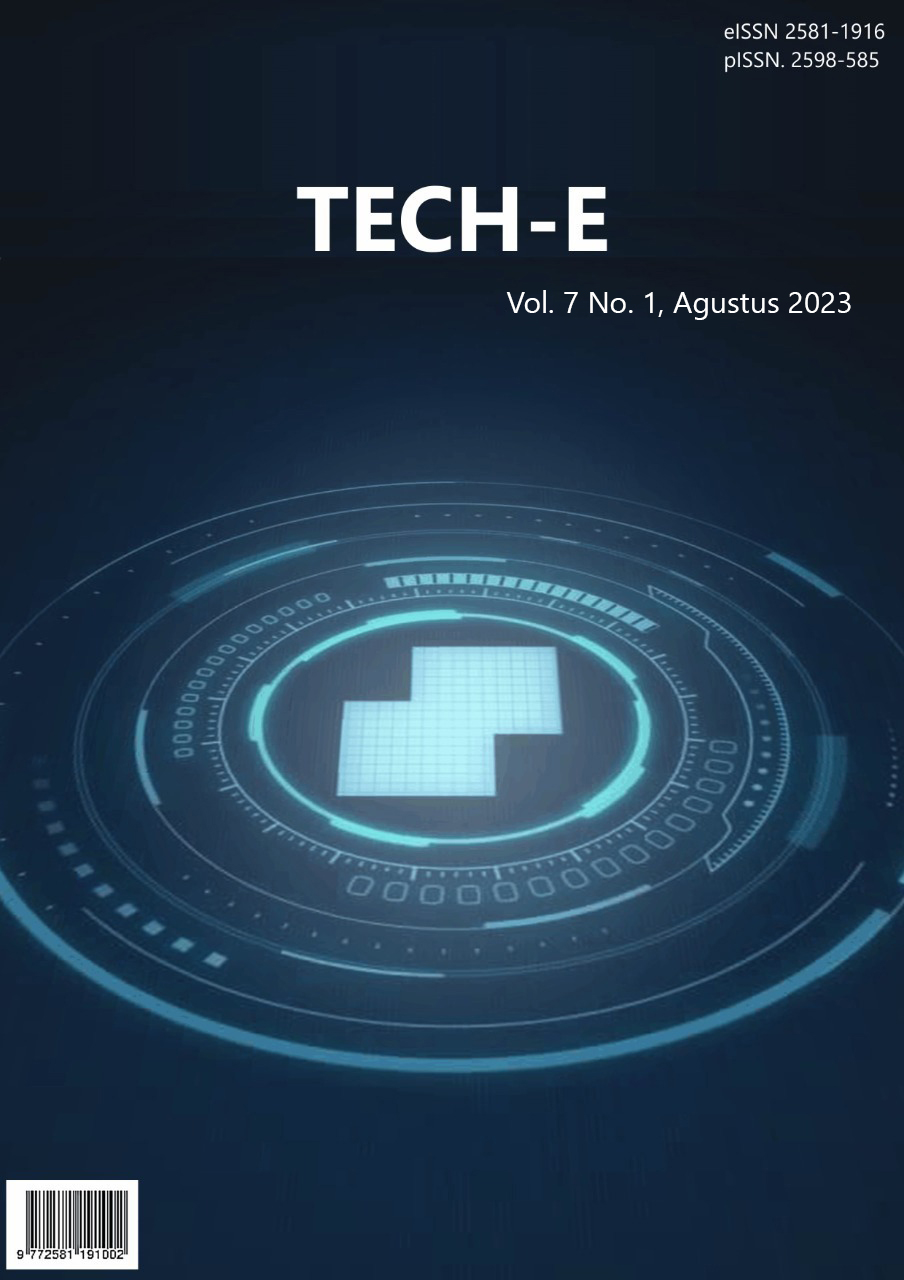Performance Analysis of Classification and Regression Tree (CART) Algorithm in Classifying Male Fertility Levels with Mobile-Based
Main Article Content
Abstract
Downloads
Article Details

This work is licensed under a Creative Commons Attribution-NonCommercial-NoDerivatives 4.0 International License.
The Authors submitting a manuscript do so on the understanding that if accepted for publication, copyright of the article shall be assigned to journal Tech-E, Universitas Buddhi Dharma as publisher of the journal.
Copyright encompasses exclusive rights to reproduce and deliver the article in all form and media, including reprints, photographs, microfilms and any other similar reproductions, as well as translations. The reproduction of any part of this journal, its storage in databases and its transmission by any form or media, such as electronic, electrostatic and mechanical copies, photocopies, recordings, magnetic media, etc. , will be allowed only with a written permission from journal Tech-E.
journal Tech-E, the Editors and the Advisory Editorial Board make every effort to ensure that no wrong or misleading data, opinions or statements be published in the journal. In any way, the contents of the articles and advertisements published in the journal Tech-E, Universitas Buddhi Dharma are sole and exclusive responsibility of their respective authors and advertisers.
 Abstract views: 235
/
Abstract views: 235
/  PDF downloads: 252
PDF downloads: 252

